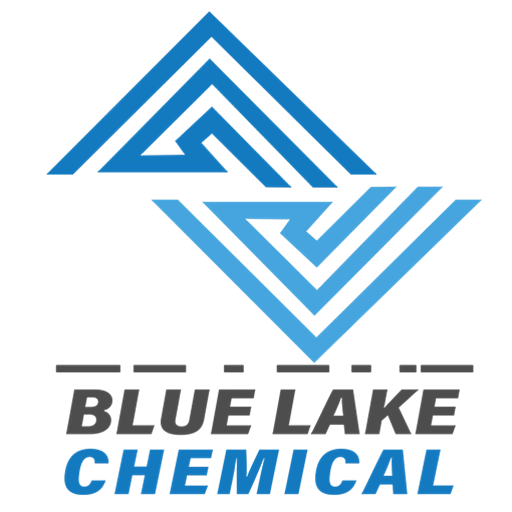Textile Auxiliaries Testing Technology and Quality Control
As a leading textile auxiliary manufacturer, BLUELAKECHEM is committed to providing customers with high-quality textile auxiliaries. We conduct strict testing on each auxiliaries before leaving the factory to ensure high performance and stability.
Textile Auxiliaries Testing Methods
We offer comprehensive testing for all textile auxiliaries to ensure they meet the highest quality standards and work effectively in your application.
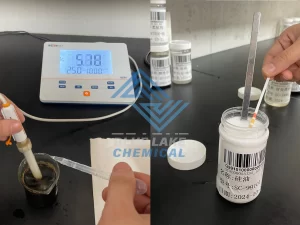
PH Test
Measure pH value to assess additive penetration into fibers, dyeing fastness, and overall effect on textiles.
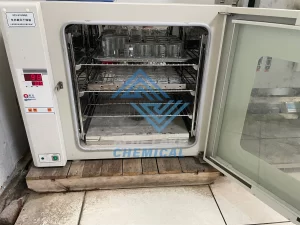
High-Temperature Test
Thermogravimetric analysis to assess auxiliaries' stability at high temperatures, ensuring reliability in extreme conditions.
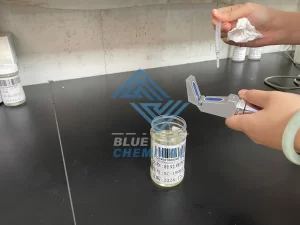
Sugar Content Test
Test sugar content in textile auxiliaries to evaluate their impact on textiles and ensure desired effects.
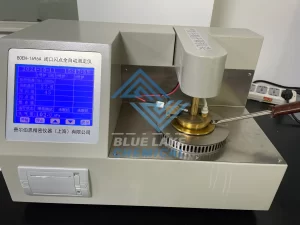
Flash Point Test
Measure the flash point of auxiliaries to ensure safe transportation and storage by assessing volatility risks.
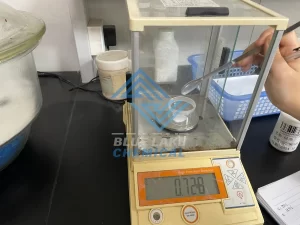
Solid Content Test
Measure solid components in solution to ensure stability and consistency in additive application and performance.
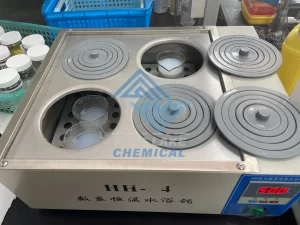
Water bath test
Evaluate auxiliary stability in varying temperature and humidity environments for consistent performance.
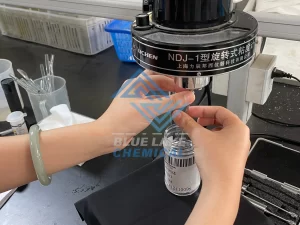
Compatibility Test
Test interaction between materials and additives to ensure suitability for various application environments.
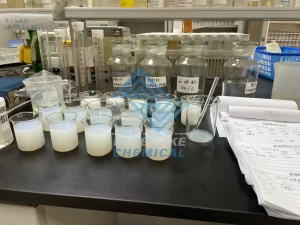
Reagent Settling Observation
Observe the layering and precipitation of additives under static conditions to evaluate their stability after long-term storage.
Qualified Sample Product Retention and Testing
To guarantee the highest standards, we retain samples of all approved reagents, which allows us to promptly address any potential issues. If any issues arise, we can quickly test with the same batch, giving customers peace of mind and reliable product performance.
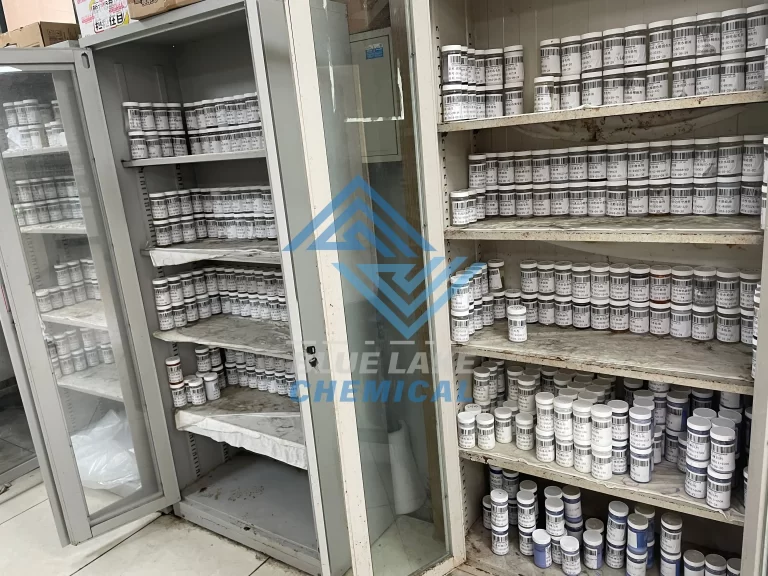
Our Quality Inspection Process
We provide customized testing solutions based on different testing needs to ensure that each test meets international standards and customer requirements.
Step 1
Establish Material List (BOM)
Create a detailed Bill of Materials (BOM) to ensure all raw materials meet production requirements and environmental standards.
Step 2
Set Environmental Testing Standards
Develop specific testing standards based on environmental regulations to ensure all raw materials and products meet eco-friendly criteria.
Step 3
Pre-Storage Laboratory Testing
Conduct laboratory tests on incoming materials to ensure they meet specifications and quality standards before being stored.
Step 4
Bulk Production
After confirming material quality, proceed with mass production, ensuring that the manufacturing process adheres to quality control requirements.
Step 5
Finished Product Testing
Perform thorough testing on finished products to ensure they meet quality standards and customer requirements.
Step 6
Sample Retention
Retain samples from each batch for traceability, enabling tests on the same batch in case of customer complaints.
Step 7
Start Custom Developing Textile Chemicals NowPackaging and Shipping
Package the finished products to ensure safe transport and delivery, protecting products during the shipping process.
Contact Us Now
Reach out for professional assistance with textile auxiliaries chemicals. Our team is here to help with all your textile needs.
+86-18946995563Complaint Hotline: +86-15766227459Info@gdcxchem.comFactory Address: East of Gucuo Section, Sishen Road, Liangying Town, Chaonan District, Shantou City, Guangdong Province, ChinaOffice Address: Floor 8, Lechao Building, Huangshan Road, Longhu District, Shantou City, Guangdong Province, China
